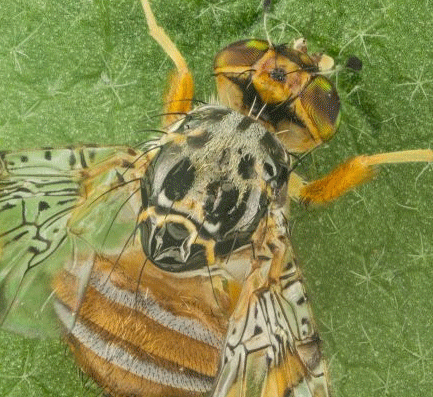Sorry I don't use have Lightroom.
I'll have a try with what are bound to be different words than Rik's.

But he'll be back.
Your camera sensor will be some 5000 or so pixels wide, but the forum can only display 1000, approx. So if you shrink an image to fit, 5 pixels widthwise become one. That can make edges come up nice and sharp, but small details, like the hairs on the fly's abdomen, can become only one or two pixels across. That's too few pixels to look like anything much. If sharpening is applied to make them show up more, it all tends to look "processed".
If the contrast is down a bit ( which might be expected) then details are just plain lost when the image is shrunk. Upshot - we can't see very well, what detail you've got.
To find out what tones the lens has actually put onto the sensor, we need to see the pixels, without the shrinking stage.
If the image is 5000 wide and the screen is 1000, then the image is 5 times bigger than the screen. But that's OK, just crop everything else off leaving eg the middle, or an edge to look at. At that scale, which is a sort of standard, it's much easier to see what's going on. If necessary we can zoom the screen (Ctrl+mouse-zoom-wheel) to look in really close.
If the "clarity" is down , such as perhaps in your 2x image, then it's often best to adjust the contrast it while looking at pixel level. Small-detail contrast, is adjusted by using sharpening, whether by a built-in tool or GemBro's method.





